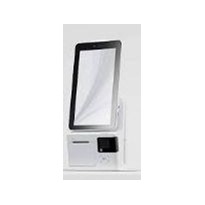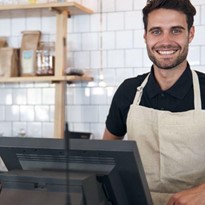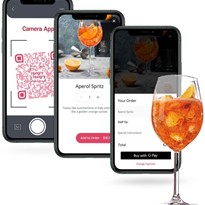Out of necessity, restaurants, cafés and other food service venues have had to quickly pivot, converting to a takeaway and delivery only model in order to remain open.
With this forced shift to a ‘socially distanced’ version of hospitality, the use of online stores, mobile apps and other customer self-ordering alternatives has accelerated rapidly and become a preferred method of food purchasing for many customers. Moreover, social norms and customer expectations will likely be permanently affected by the consequences of the COVID-19 pandemic, so venues that adapt well to these changes will have a far greater chance of survival.
So what are the key benefits of adopting customer self-order technology in your food service venue?
Customers are more likely to order more
There is strong evidence to suggest that customers will naturally order more from a screen than they would from a person. Perhaps there is a perception of judgement on the part of a staff member that doesn’t occur when ordering from a device. Or it may be that suggestive selling, such as offering optional extras, is easier to take up when self-ordering. Whatever the reason, many sites that have added this technology report a considerable increase in average sale, which goes a long way toward paying for the purchase of the equipment in the first place.
Upselling invitations are more consistently promoted
One of the key ways that hospitality businesses can increase average customer spend is through offering premium extras. While waitstaff and servers can ask the appropriate upsell questions, there is a limit to how much can be offered without seeming too pushy or overwhelming the customer with too many choices. However, many venues using self-ordering technology express that little such reluctance occurs when using digital ordering platforms, despite the fact that more options are being offered more consistently through the use of these devices.
Improves in-house efficiency
With customers selecting and submitting orders directly on an electronic device, there is less room for miscommunication and mistakes. When the customer views their order and provides confirmation, the request is sent directly to the kitchen, usually via a controlling POS system. This typically improves meal production and delivery times. In the case of self-ordering from within the venue, customers can request additional items (another drink, or dessert) without waiting for assistance and have their order delivered promptly.
Saves on staff costs
In the case of QSRs and fast food outlets, the saving on staff is more readily apparent, with the requirement for counter staff greatly reduced. With table service venues, the saving largely comes with more efficient usage of waitstaff time. The focus can shift from the somewhat rudimentary activity of order taking to more customer-service oriented tasks that add to the dining experience.
Younger customers tend to prefer technology
The primary target demographic for most hospitality venues has now grown up with online shopping and mobile smart devices, using the internet to gather information and bypassing human interaction in favour of the efficiency of electronic transactions. So it is little wonder that this generation is happily adopting self-order technology. Additionally, the dining experience becomes self-paced and more convenient – customers in a hurry can order and be served quickly, circumventing more traditional ‘first in, first served’ models.
If you haven’t already done so, there are tangible gains to be had by adopting integrated self-order technology in your food service venue. Analyse the potential benefits it could have on your business profitability.
Ai-Menu is a leading innovator in hospitality technology, with solutions for online ordering, digital menus and self-ordering kiosks. We can help!






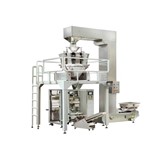




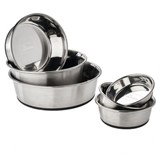

-160x160-state_article-rel-cat.jpg)


